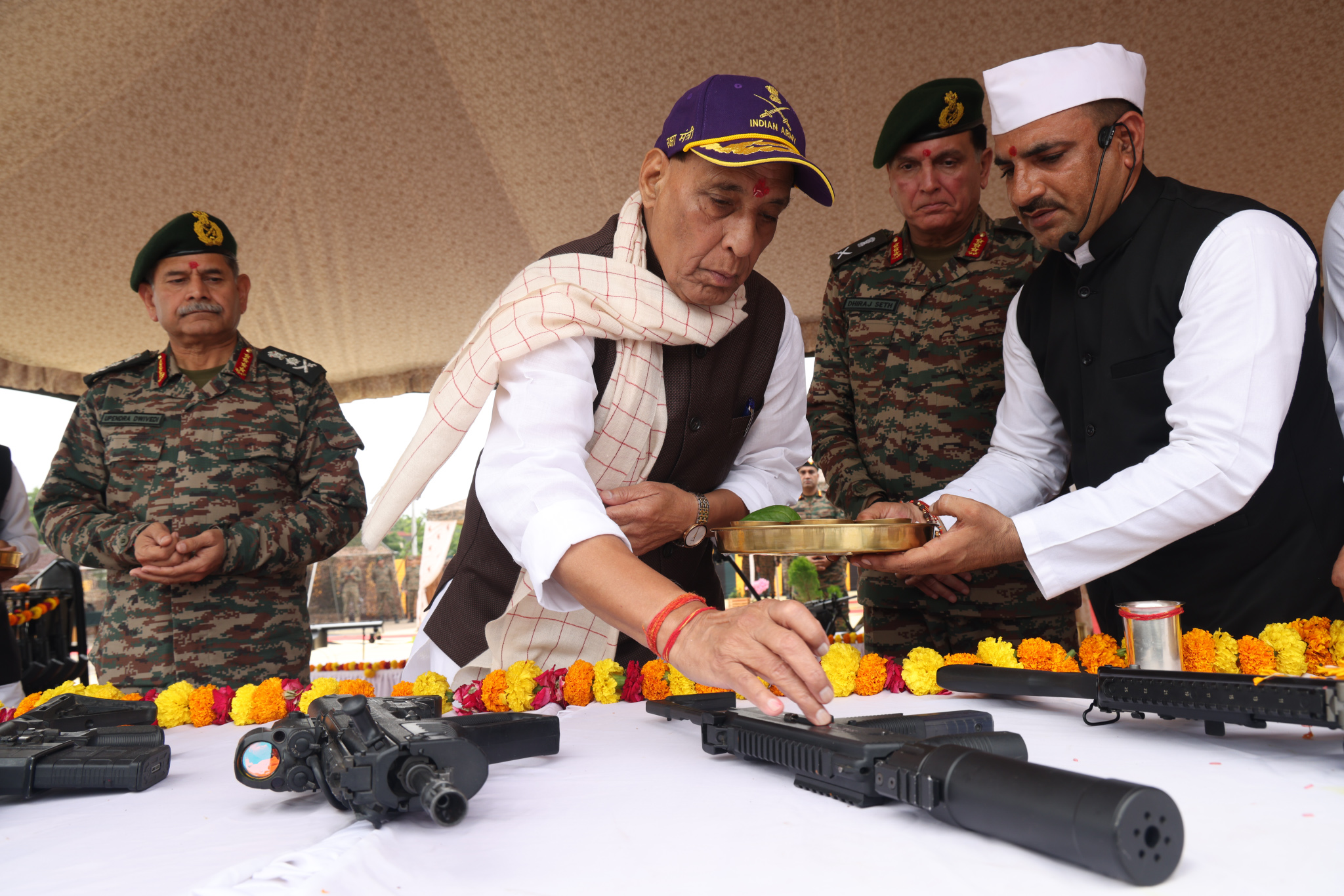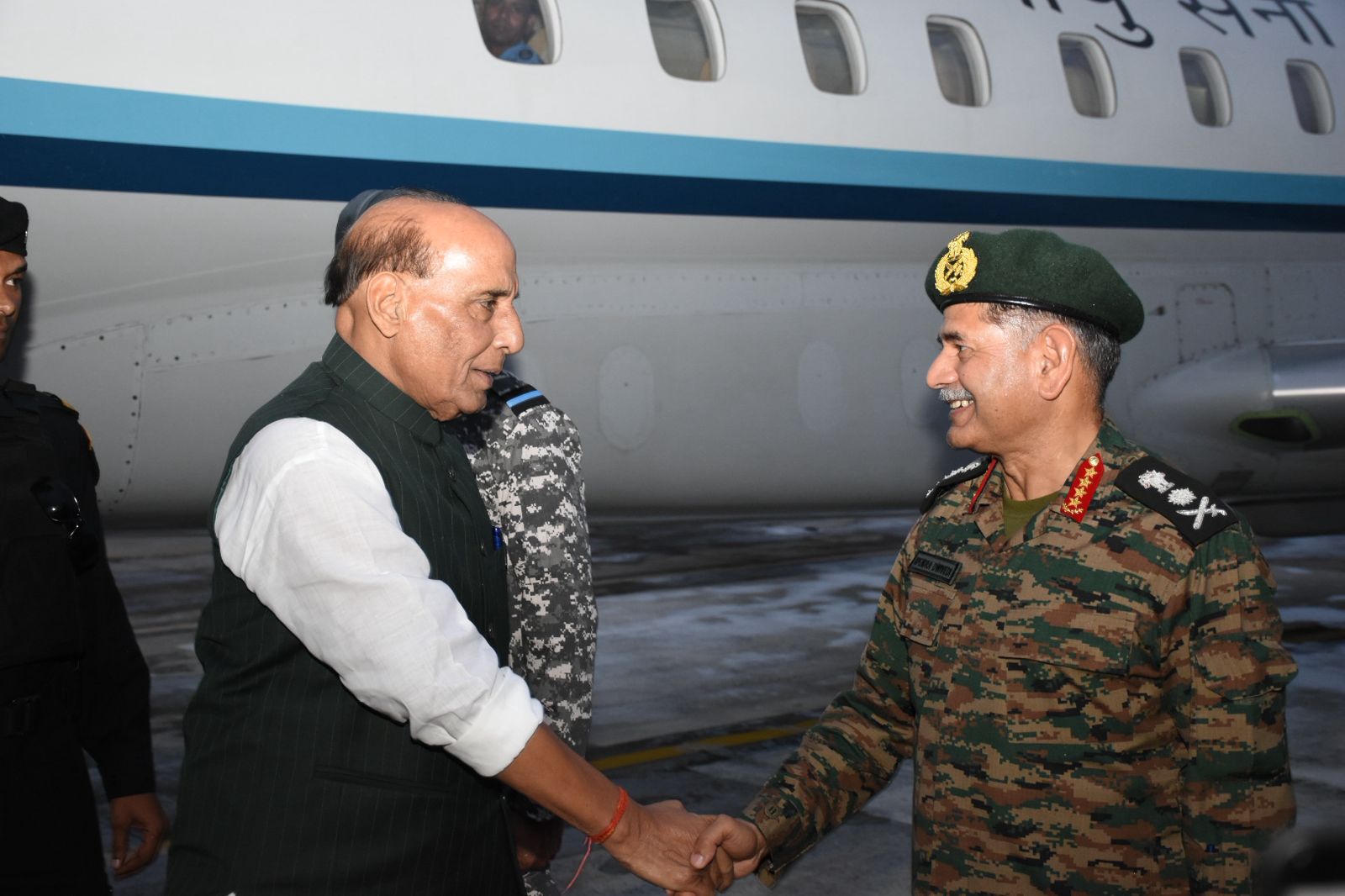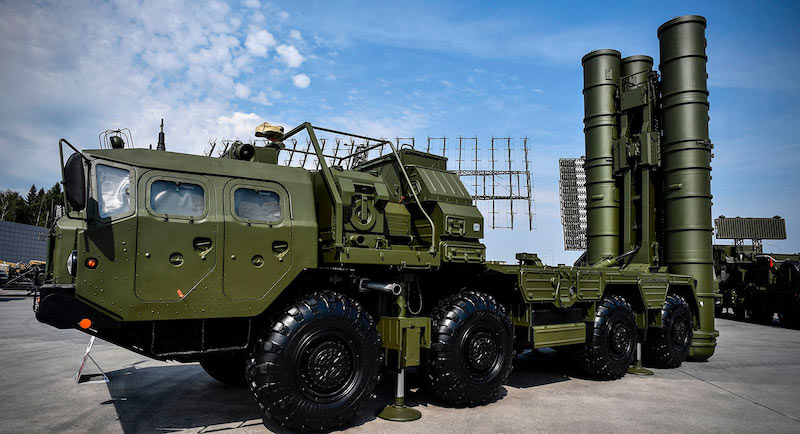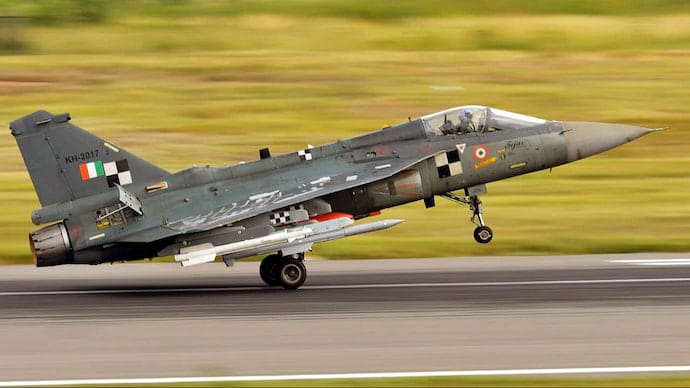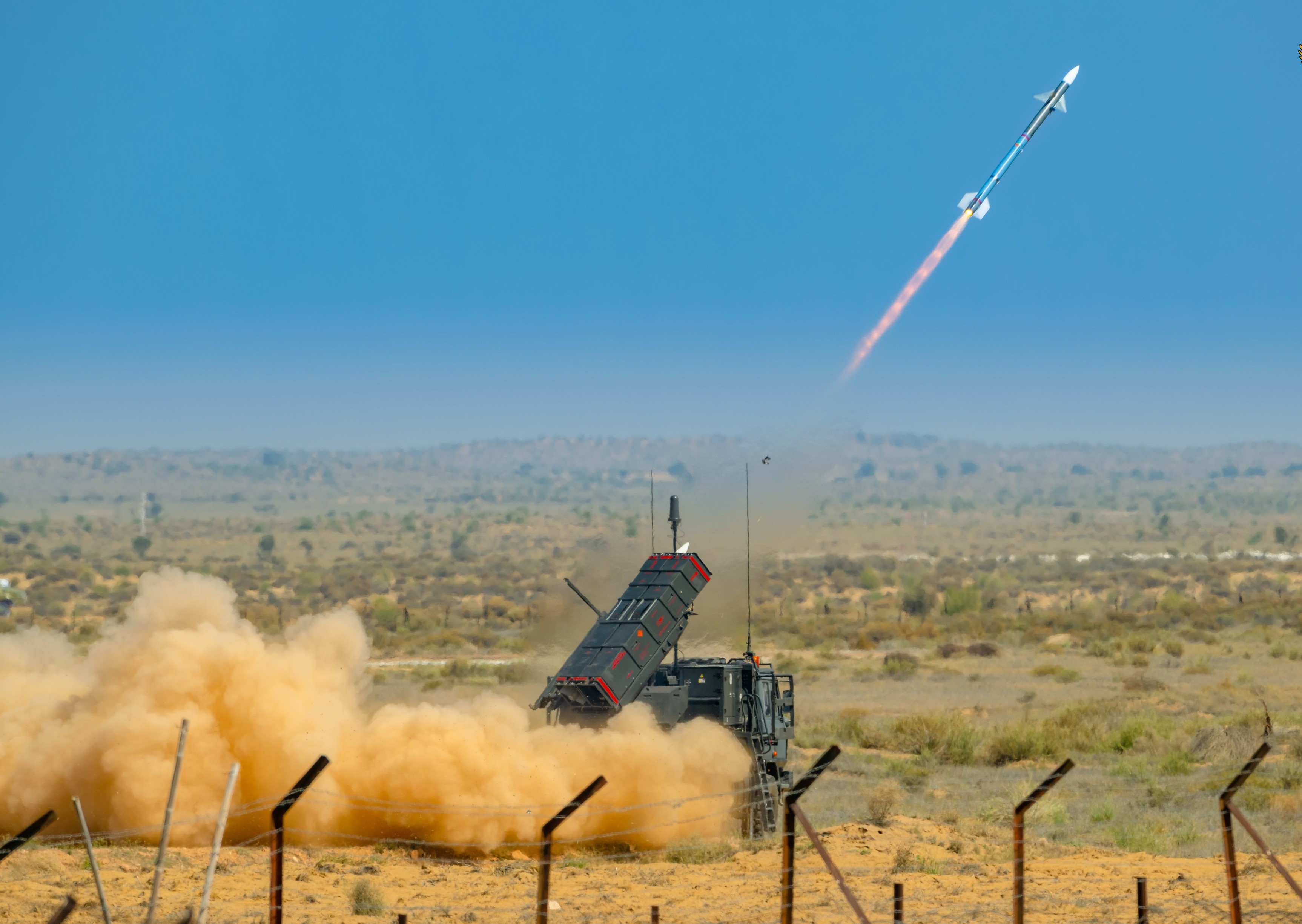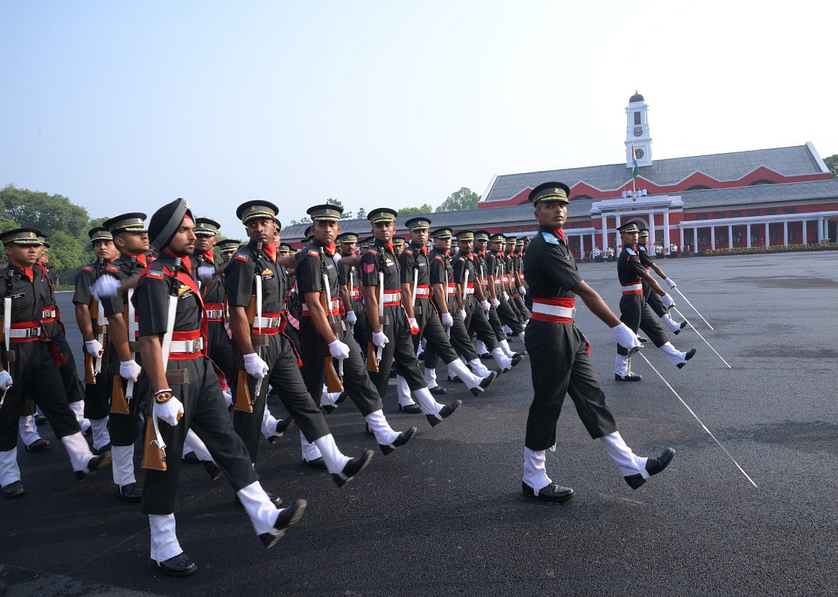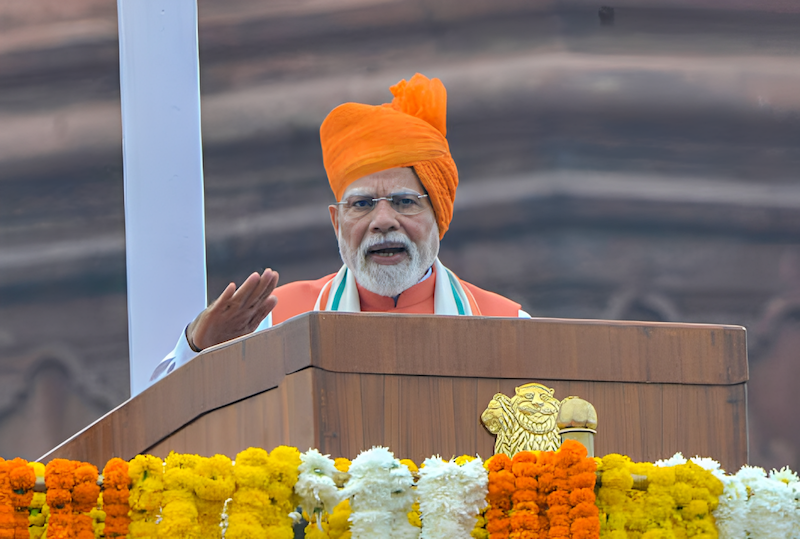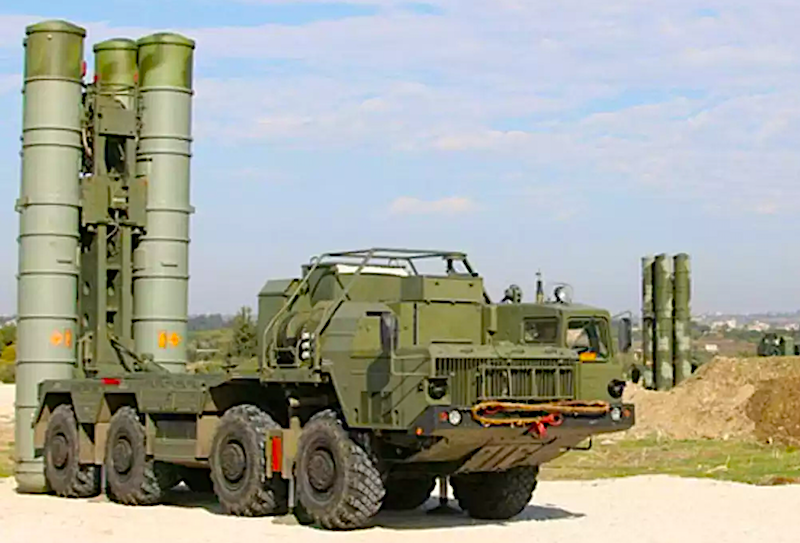 A Pakistan Army China-made LY-80 air-defence system, which is a low-to-medium AD system.
A Pakistan Army China-made LY-80 air-defence system, which is a low-to-medium AD system.
New Delhi: In a rapidly evolving military situation along the India-Pakistan border, Indian armed forces have successfully neutralized Pakistani air-defence systems in precise counterstrikes, the Ministry of Defence said in a news release on Thursday. The calibrated response follows Pakistan’s attempted multi-target drone and missile attacks against military installations across northern and western India.
This development comes a day after India carried out military strikes against terrorist camps located deep inside Pakistan and Pakistan-occupied Kashmir in an action codenamed Operation Sindoor.
In its release, the defence ministry said Pakistan attempted to hit Indian military targets in Adampur, Amritsar, Awantipora, Bhatinda, Bhuj, Chandigarh, Jalandhar, Jammu, Kapurthala, Ludhiana, Nal, Pathankot, Phalodi, Srinagar, and Uttarlai using drones and missiles. This covers the Union territories of Jammu & Kashmir and Chandigarh and the states of Punjab, Rajasthan, and Gujarat.
In a release on early Thursday afternoon, the Ministry of Defence said: “On the [intervening] night of May 7 and 8, Pakistan attempted to engage a number of military targets in northern and western India … These were neutralized by the integrated counter-UAS grid and air-defence systems. The debris of these attacks is now being recovered from a number of locations that prove the Pakistani attacks.”
The defence ministry further said India not only neutralized these attacks but also counterattacked Pakistani air-defence radars at a “number of locations” inside the country. It further said an air-defence system in Lahore has been destroyed.
The statement said: “This morning Indian armed forces targeted air-defence radars and systems at a number of locations in Pakistan. Indian response has been in the same domain with the same intensity as Pakistan. It has been reliably learned that an air-defence system at Lahore has been neutralized.”
It may be noted that even before these attempted strikes on Indian military installations spanning a wide geographic area of India, Pakistani forces targeted Indian civilian population in villages near the international border and the line of control (LoC) in Jammu & Kashmir, especially in the Poonch sector, with massive shelling and mortar fire. This caused large-scale devastation and deaths of several innocent civilians, which included women and children.
In response, Indian troops returned the Pakistani fire effectively and have reportedly destroyed several Pakistani bunkers across the border. According to the latest available information, the intense firing and cross-firing from both sides of the border is still going on between Indian and Pakistan forces along the LoC.
Operation Sindoor: The Initial Strike
As India Sentinels broke the news on Wednesday, Operation Sindoor was launched in the late hours of May 6, which culminated in the early hours of May 7, when Indian forces hit terror camps operating from Pakistani territory with airstrikes and missiles. During a media briefing later that day, Indian officials characterized the operation as “focused, measured and non-escalatory,” emphasizing that the strikes deliberately avoided Pakistani military establishments while targeting only terrorist infrastructure.
Indian officials had clearly drawn their red lines during the briefing, warning that “any attack on military targets in India will invite a suitable response” – a statement that would prove prophetic within hours.
Defence analysts noted that India’s approach reflects a new doctrine of calibrated response. By targeting only air-defence installations rather than civilian infrastructure or other military assets, India has maintained the moral high ground while demonstrating resolve.
They further observed that the targeted nature of India’s response appeared to have been designed to signal capability and determination without triggering further escalation. By matching the domain (air defence) and intensity of Pakistan’s attack, India has established clear parameters for the conflict.
International Reaction
Earlier, as India Sentinels reported, the international community has called for restraint from both nuclear-armed neighbours.
The United Nations and several countries, including the United States States, Russia, the United Kingdom, and others issued statements expressing concern about the escalating situation while acknowledging “India's right to defend itself against terrorist threats.”
Meanwhile, China has called for dialogue, offering to mediate between the two countries.
What’s Next?
As debris collection continues and damage assessments are conducted, military observers remain vigilant for signs of further escalation. Defence analysts said that the coming 48 hours will be critical in determining whether the current exchange marks the end of hostilities or the beginning of a more protracted conflict.
For now, the Indian government maintains that its actions have been defensive and proportionate, with officials emphasizing that the neutralization of Pakistani air-defence systems was a direct response to Pakistan’s attempted strikes against Indian military targets.



